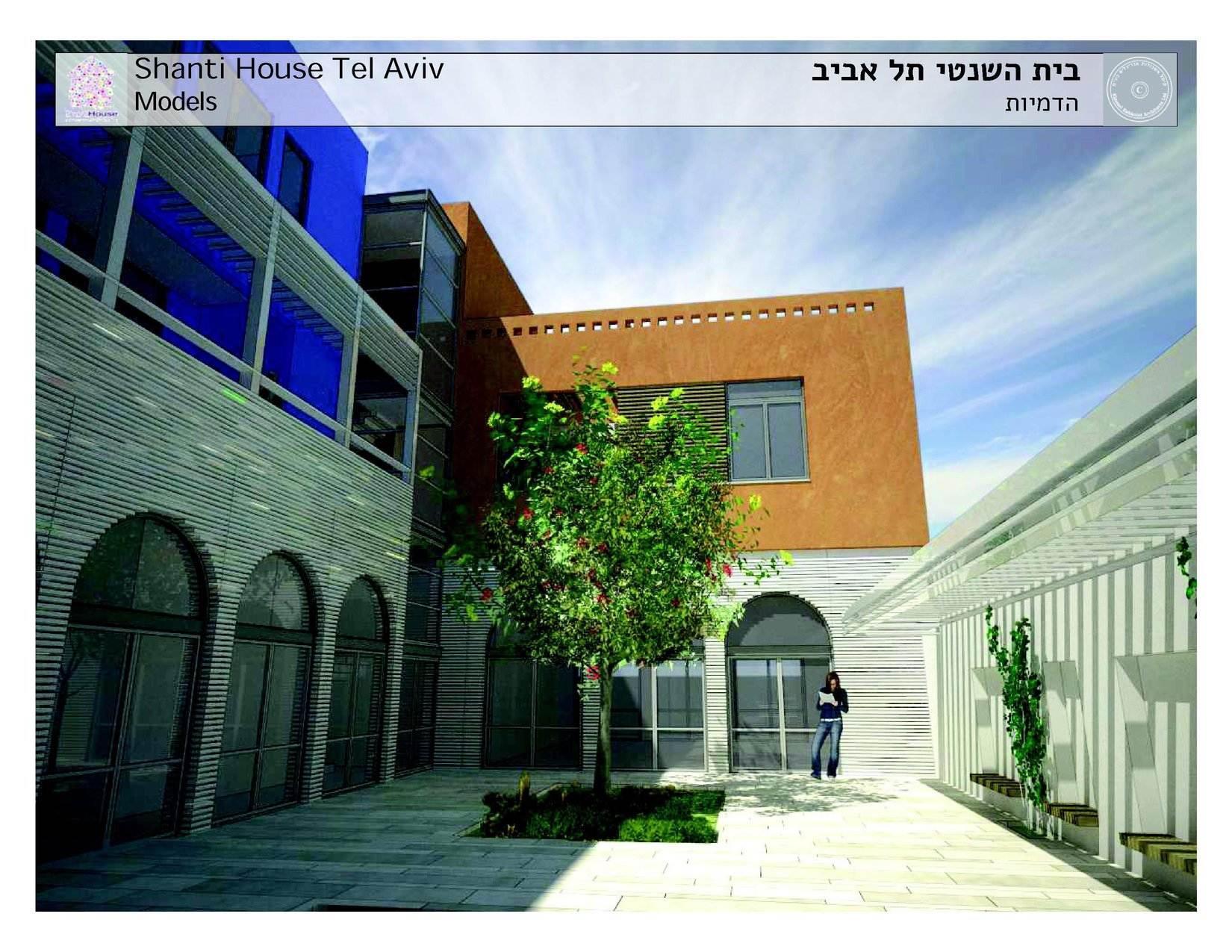What is Green Building?
Green building is construction which aims to minimize the environmental footprint of a structure while achieving energy efficiency and savings, using environmentally friendly materials, conserving water and land resources, and encouraging environmentally friendly activities.
Green building involves various aspects—such as the spatial positioning and design of the building, the building shell, openings, infrastructure components and technologies—alongside ethical, social and cultural values.
Why green building?
Growing public awareness of the great importance of environmental protection and rising energy and water prices have led to recognition of the need to find innovative ways to reduce the impact of buildings on the environment. Green building, by its very existence, encourages and stimulates the market to find new solutions for reducing energy consumption, using environmentally friendly materials, saving water, etc.
Green building is characterized by high saleability. It follows strict standards which verify the actual execution of the design principles, such as the use of quality building materials, installation of quality and cost-effective air conditioning and lighting systems, and more. Applying green building principles could lead, according to some studies, to savings of up to about 70% in the amount of solid waste, energy savings of 30-50%, savings of up to 40% in water consumption, plus other benefits such as reduced hospitalization days and increased productivity at work. These factors eventually translate into financial savings and lower operating costs, which means repayment of the investment within 18-24 months and long-term savings (the latter according to Pareto's report from the Ministry of Environment).
It should be noted that nowadays many projects are required by local authorities to be built green. Mayors of the 15 independent municipalities (the 'Forum of 15') have recently announced that, from now on, every plan submitted to the local committees for planning and building will be required to implement green building principles.
Green Building Standards
The accepted standard for green building in Israel is Israeli Standard 5281 of the Standards Institution of Israel (based on the British BREEAM standard). In addition, the American standard, LEED, also certifies buildings in Israel as green. Under Israeli standard 5281, certification as a green building is carried out by the Standards Institution of Israel (MATI). For a building to be recognized as green, it must accumulate points in different chapters. Based on the cumulative score, the project is defined as a green building, and rated (as 1-5 stars) based on the points earned.
Described below are the categories by which assessment is carried out:
1. Energy: all matters relating to thermal insulation, passive acclimatization (shading and natural ventilation), and energy-efficient lighting systems.
2. Ground: rehabilitation of contaminated soil, rehabilitation of brownfields sites, maintaining site ecology.
3. Water: reduced water consumption by using water saving taps, monitoring plumbing leaks, runoff retention, use of irrigation systems and water-wise gardening.
4. Materials: use of high-quality materials with green standard certificates, which require manufacturers to meet basic demands. These materials undergo a green manufacturing process. They are typically made of higher quality raw materials and characterized by a higher level of durability.
5. Health and well-being: This looks at a broad range of aspects related to the building's level of comfort for consumers (i.e. tenants, workers or visitors). These include, for example, air quality in the building (pollution prevention), directions of air flow and natural ventilation, shading in summer and winter sun exposure, encouragement for the existence of open spaces for the benefit of users, acoustic insulation, and others.
6. Waste: encouragement for recycling and reducing waste volumes.
7. Transportation: encouragement for the use of public transportation, cycling, and alternative transportation (e.g. electric vehicles).
8. Management: encouraging a correct construction process, reducing the temporary disturbance to the environment and neighbors.
9. Innovation: encouraging the search for new solutions to any issues that may be relevant to green building.
How a "green building" is planned?
Green building encompasses a wide range of concerns, which need to be addressed in all the planning stages, from initial planning and positioning, where account has to be taken of considerations such as exposures and sunlight, depending on the specific location of the project (which determines the climate and is affected by the presence of existing or planned buildings in close proximity), to the detailed planning stages— architecture, construction, plumbing, air conditioning, and so on.
Once the basic conditions of the project are available—climate zone, position, directions and frequency of typical winds, temperature, relative humidity—the basic strategy for creating thermal comfort for users can be decided. Given the basic strategy, green-building goals are defined based on budget limitations and wants. At this stage a basic green-building “program” is usually defined with the entrepreneurs, with recommendations and suggestions given in accordance with the various sections of the green-building standard. These sections are incorporated into the design of the building in collaboration with the consultants and planners. Then, a "green binder" is put together containing all the necessary evidence, calculations and models required to prove compliance with green-building standards at the design phase. In later stages, a number of inspections are performed by the Standards Institution at the site, in order to verify implementation of the plans as specified in the binder. Only after completion of the inspections, usually at the stage before receiving Form 4, approval is obtained for the certification of the building a green building.

